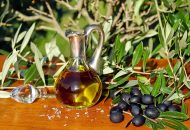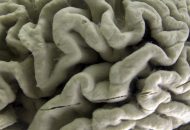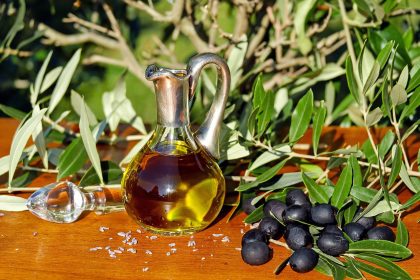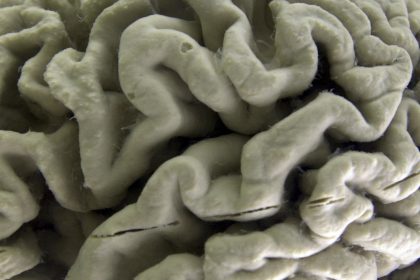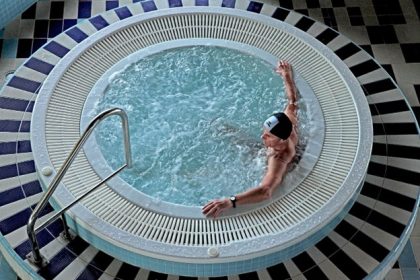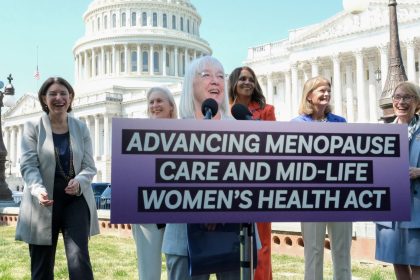Movement as Medicine: Exercise and Injuries
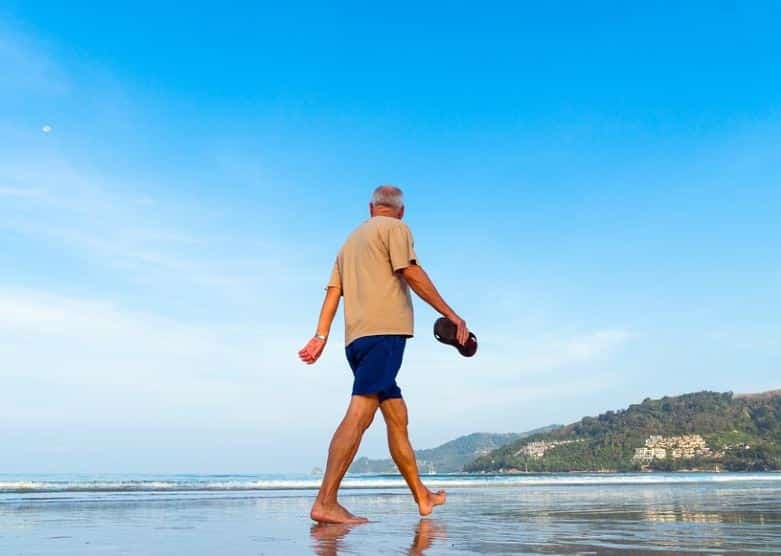
WASHINGTON — If you’re an active person, or trying to be one, it can be frustrating to suffer an injury that prevents you from exercising. Luckily, a large part of injury recovery is continuing to move.
You should always check with your doctor before engaging in physical activity. There are many types of injuries and conditions, and each individual responds differently. Here, we will break down the history and theory behind why movement is key to rehabilitation and give some general tips to help you get back to what you love doing.
Movement May Help Certain Injuries
There is a lot of confusion around how to recover from an injury. Should you rest? Keep moving? Both? If you have ever suffered a tissue injury, skeletal fracture, or needed surgery, you likely had to do a combination of both. You may have found yourself in physical therapy afterward to regain movement and strength safely.
The History of Physical Therapy
The origins of physical therapy date back to Ancient Greece. Hippocrates, known as the father of medicine, treated patients with massage, manipulation and hydrotherapy. He recommended exercise following these treatments. Movement, air, water and extreme temperatures were used to help people with physical disabilities.
Physical therapy, as we know it today, emerged in Europe in the 1840s. It was known as “physical medicine” and included mechanotherapy, which combined exercise, manipulation and massage — not far from Hippocrates’ method. Mechanotherapy was prescribed for people with chronic illnesses to help improve their function.
In 1921, the American Physical Therapy Association was founded in the United States as a response to using physical therapy to treat wounded soldiers in World War I. The APTA was initially called the American Women’s Physical Therapeutic Association and its first president was Mary McMillan, who studied massage techniques in Europe. A year later, they changed their name and invited men to join.
The APTA gained more physical therapists and notoriety during the polio epidemic and later, World War II. President Franklin D. Roosevelt helped bring awareness to physical therapy as he received treatment for polio.
In the 100-plus years since the APTA was founded, physical therapy has become a licensed profession and scientific research on new training methods is ongoing.
How Movement May Help
- Prevents Tightness: Tight muscles can cause further referred pain in nearby joints. For example, tight hamstrings can affect the position of your pelvis, potentially exacerbating lower back pain. Tight quadriceps can pull on your kneecaps, causing knee pain. Tight calf muscles can restrict ankle mobility, causing ankle and foot pain.
- Prevents Further Weakness: Tightness often goes hand in hand with weakness. When a muscle weakens, it can’t support your regular movements, potentially making your joints more likely to take on too much load.
- Preserve Range of Motion: Even if you have a smaller range of motion (the amount you can move a joint) due to an injury, it’s important to continue moving to preserve the range you have, preventing further stiffness and pain.
How to Return to Exercise After Injury
Feeling better but need help figuring out where to start? Here are some tips.
- Get Medically Cleared: Check with your doctor, physical therapist, or other medical professional for the best advice about what is safe to do.
- Keep Up Physical Therapy: Continue doing your physical therapy exercises as you recover.
- Warm Up and Cool Down: Before and after exercise, take the time to prepare your joints, muscles and heart by warming up and cooling down.
- Self-Massage: Using a self-massage tool, like a foam roller or massage ball, can help break up knots in tight muscles.
- Start Slowly: Though you may be eager to return to your routine, start slowly to make it easier for your body to adjust. Here are a few examples.
- If you’re a runner, start with a walk.
- If you’re a cyclist, start with a slower, shorter bike ride.
- If you play any sport, practice on your own for a shorter time than usual.
- For resistance training:
- Start with lighter weights.
- Do fewer sets and repetitions. If you typically do three sets of 10 reps of an exercise, try one set of five.
- Decrease the time. If you usually hold an exercise (like a plank) for 30 seconds, try 15 seconds.
- Listen to Your Body: Be mindful and present with your body. Pay attention to the sensations you feel when returning to exercise. If something is causing pain, back off. See if you can find a less intense way to do it that doesn’t trigger pain.
- Make Gradual Progress: Add slightly more weight, reps, or time spent doing your exercise of choice week to week. Each time you add more, wait a day to see that it doesn’t increase pain and take that as a green light to carry on.
Keep Moving
The ancient Greeks believed in movement as medicine, and though research and new methods are still being developed, staying in motion to regain strength is still one of the best ways to heal.
Our website content, services and products are for informational purposes only. The Well News does not provide medical advice, diagnosis or treatment. If you have medical concerns or questions, discuss with your health care professional.
You can reach us at [email protected] and follow us on Facebook and X (formerly known as Twitter)














